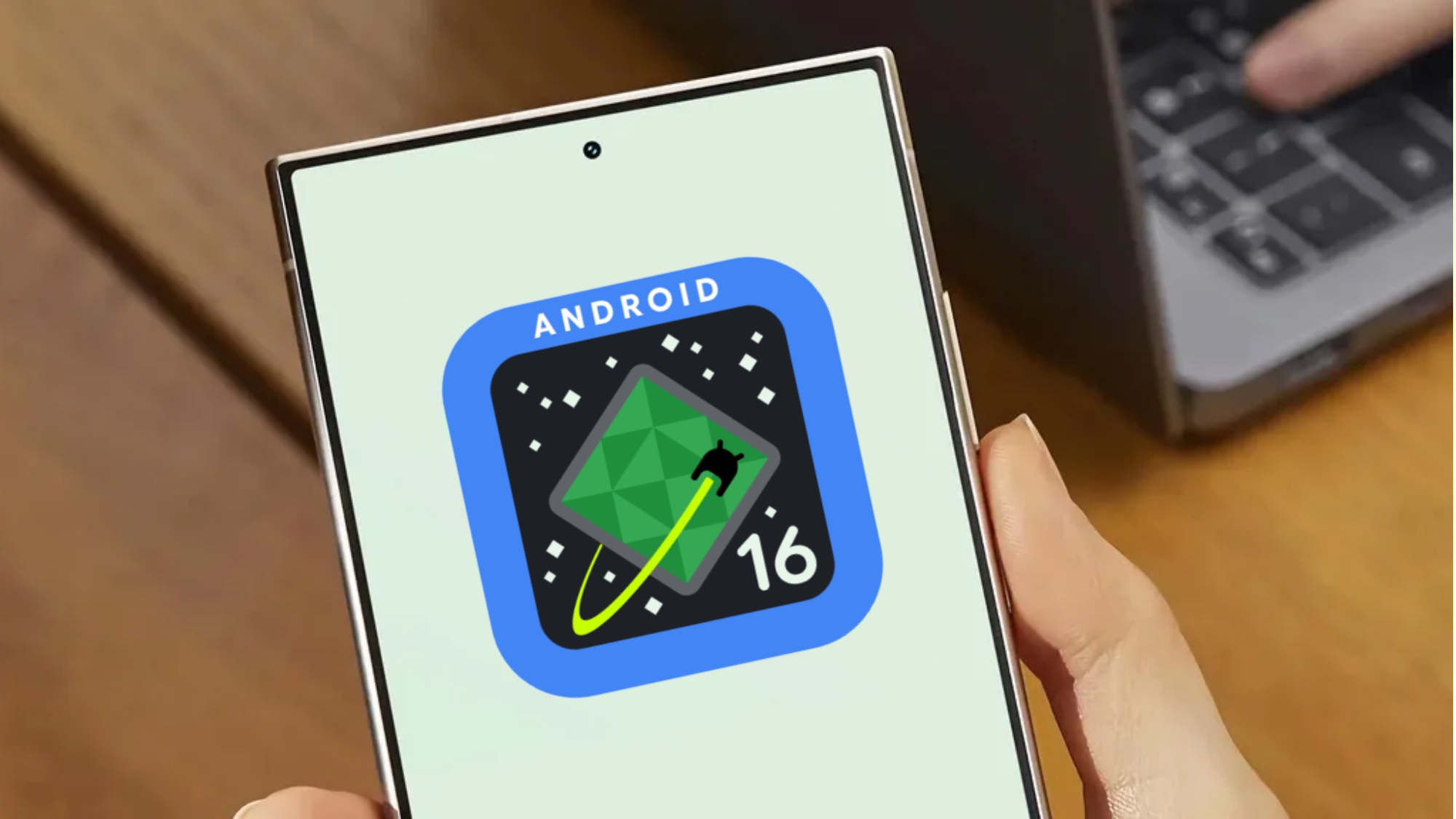
Development on Android 16 is progressing quickly, and ahead of the projected late spring/early summer arrival Google has just released the very first beta version. Unlike Apple, which splits up public and developer betas, Android 16 beta is available to everyone — provided they have an eligible Pixel device.
Like any major update, there are a lot of changes coming with the Android 16 beta. Google has added new features like Adaptive Apps, Live Updates, updates to the camera and media, extensions for Gemini and plenty more. Here’s everything you need to know about the Android 16 beta so far, including how to enroll and all the ways it’s changing compared to Android 15.
How to enroll in Android 16
Enrolling in the Android 16 beta is very simple. You can head over to the official Android Beta for Pixel page to see which of your devices are eligible for the beta, with the option to opt in at the click of a button. You have to opt in for each device separately, but once that’s done the software will become available to install from your phone’s settings menu.
Right now access is restricted to Pixel phones, but since Google has recently extended support to a number of older devices you have quite a few options. Android 16 beta is available on devices up to (and including) the Google Pixel 6 and Pixel 6 Pro — including the Pixel tablet.
So if you have any Pixel device release since October 2021, you should be able to enroll and install the beta today.
What’s new in Android 16 beta

Adaptive apps
This is going to be a big deal for larger screens, particularly tablets. Android 16 is going to “phase out” the ability for apps to restrict their screen orientation or resizability on larger screens. Apparently this feature is similar to ones Android devicemakers have added to larger devices in recent years, ensuring that apps will run regardless of the screen’s size or aspect ratio.
Which is great news, and should do away with any apps that limit themselves to a small window on tablets. Google will also be providing tools for developers to ensure that their apps are able to “scale seamlessly” and presumably ensure that the enlarged app interface isn’t a buggy, pixelated mess.
Developers will be able to opt out this year, but come 2026 and the release of Android 17 that will no longer be the case.
Live Updates
Notifications are great for a lot of things, but they can get overwhelming and hard to keep track of. Android 16 beta brings in a different kind of notification called Live Updates, which is designed to make it easier to keep track of “important ongoing activities”. The idea being that these high priority alerts won’t get lost among a sea of notifications that aren’t time sensitive.
The example seen on Google’s blog post involves an alert that a rideshare has arrived, while also mentioning things like food deliveries and navigation. However I can also see it being incredibly useful for more urgent issues, such as coverage of ongoing natural disasters or time-sensitive transport options like flights.
Camera and media updates
Google has confirmed that Android 16 will be coming with support for “playback, creation, and editing of high-quality media”. This includes support for the Advanced Professional Video codec (APV) for “professional level high quality video recording and post production”.
Android 16 also includes a new API to help apps detect when it’s appropriate to switch to and from a night mode camera session. This should help third party apps take better low-light photos in their camera mode, with Google highlighting Instagram as a particular success story.
Vertical text support
While not the kind of feature that will affect most people, Android 16 will add support for rendering and measuring vertical text — with the goal of adding “foundational vertical writing support” for library developers. However this will mostly affect languages with vertical alphabets, like Japanese.
Accessibility
A couple of new accessibility-based APIs have been added through the Android 16 beta, including "Supplemental descriptions” which will ensure that the ViewGroup accessibility service has more consistent descriptions of what’s on screen — and related content isn’t overwritten in the process.
Android 16 will also allow apps to tell the accessibility service that certain input form fields need to be filled in — which should make filling out forms less awkward.
Gemini extensions
Following the launch of the new Gemini extensions on the Samsung Galaxy S25, Google will also be adding them to Android 16 beta — so that “apps can integrate with the power of Gemini.” Google wasn’t specific on details for Pixel owners, but Galaxy S25 owners can use Gemini to complete actions across a number of Samsung apps.
Google has only said that this feature will be available to more phone makers and across even more apps. So watch this space.
Other features
Additional updates coming to Android 16 beta include generic ranging APIs to determine distance between local and remote devices, plus a number of generic behavior changes to improve smooth operation of the operating system. Part of this includes adding predictive back support for people who use 3-button navigation — giving them the same experience as those who use gestures.
When will Android 16 be released?
According to the Android 16 beta, Google is aiming to release Android 16 to the public at some point in Q2 2025 — which matches up all the rumors we’ve heard so far. Google wasn’t specific on when in Q2, though the official release calendar suggests that an April release isn’t likely.

Going by that calendar we should be getting more feature-rich Android 16 beta releases until sometime in March. At that point the software is scheduled to go into its “Platform Stability” phase, which means the additional updates are all focussed on making sure Android 16 actually works the way it should. This will continue into April and presumably until Android 16 is actually ready for prime time.
When that final release will be will likely be down to how much extra work is needed to ensure Android 16 runs smoothly. We’ll likely hear more at Google I/O 2025 in early May.







